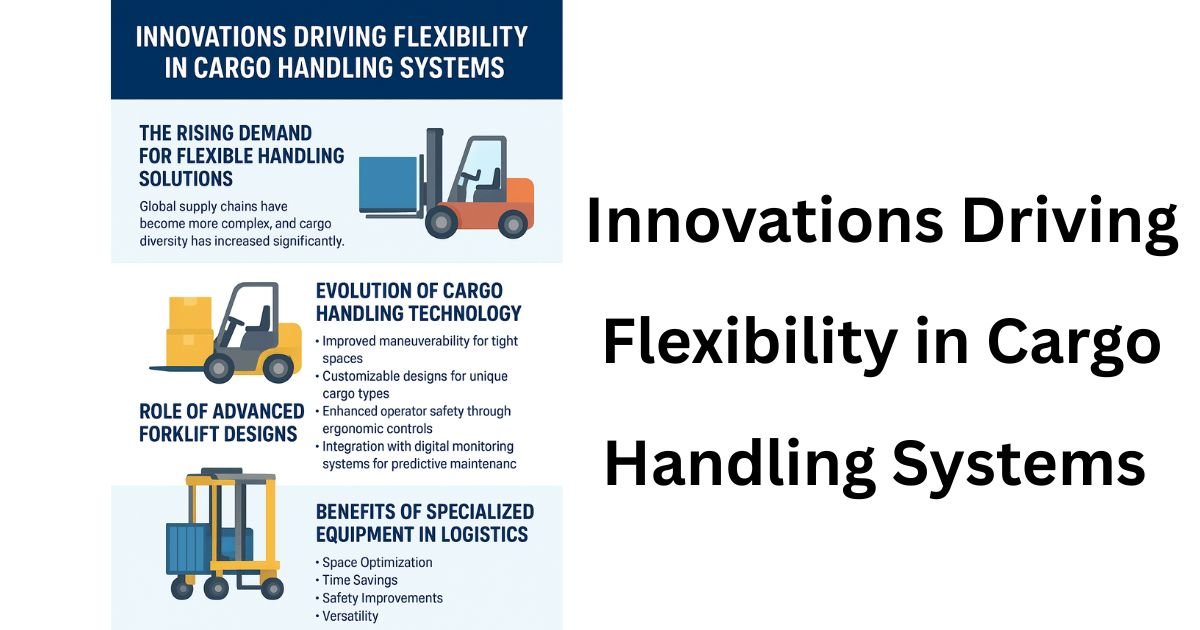In the dynamic world of modern logistics, efficiency and adaptability are critical for smooth operations. Companies are continuously seeking ways to optimize space, minimize downtime, and handle increasing volumes of goods without compromising safety or precision. To achieve this, advancements in specialized equipment such as the Side Loader Forklift, Multi-Directional Forklift, and Straddle Carriers have emerged as transformative solutions. These innovations are reshaping how materials are transported, stored, and distributed, enabling industries to keep pace with global trade demands.
The Rising Demand for Flexible Handling Solutions
Global supply chains have become more complex, and cargo diversity has increased significantly. From oversized timber and steel beams to fragile consumer products, the need for adaptable equipment has never been greater. Traditional handling systems often struggled with bulky or unusually shaped loads, leading to inefficiencies. Today, industries demand machinery that can easily adjust to the weight, size, and type of cargo while optimizing operational space.
Flexibility is not merely a convenience—it is a necessity for industries operating in ports, warehouses, construction sites, and manufacturing hubs. Equipment designed with adaptability in mind directly contributes to faster turnaround times, reduced costs, and higher overall productivity.
Evolution of Cargo Handling Technology
The cargo handling industry has undergone a significant transformation in recent decades. Early material-handling tools were limited in maneuverability and load capacity. As global shipping volumes grew, so did the need for equipment that could handle greater variety with minimal disruption.
Today’s machinery integrates advanced engineering, ergonomic design, and smart technologies to overcome these challenges. Innovations now emphasize:
- Improved maneuverability for tight spaces.
- Customizable designs for unique cargo types.
- Enhanced operator safety through ergonomic controls.
- Integration with digital monitoring systems for predictive maintenance.
These advancements ensure that modern equipment not only meets industry demands but also remains future-ready.
Role of Advanced Forklift Designs
Forklifts are the backbone of most handling systems, but their traditional limitations have been redefined through innovation. Specialized models now serve as highly versatile tools for industries with specific requirements.
For instance, forklifts designed for side loading allow operators to handle lengthy items without excessive turning or repositioning. Similarly, forklifts capable of multi-directional movement provide enhanced agility, allowing seamless navigation in tight aisles or congested workspaces. These designs exemplify how engineering advancements align with industry needs for both efficiency and flexibility.
Benefits of Specialized Equipment in Logistics
The adoption of flexible cargo handling solutions provides industries with tangible benefits that extend beyond faster load movement. Some of the key advantages include:
- Space Optimization: By reducing the need for wide turning radii, specialized equipment maximizes storage and operational space.
- Time Savings: Faster loading and unloading times significantly improve turnaround, especially in ports and warehouses.
- Safety Improvements: Enhanced stability and ergonomic controls reduce risks for operators and goods.
- Versatility: Ability to handle diverse cargo types—from heavy steel to delicate containers—ensures long-term usability.
This holistic approach to design is enabling industries to achieve higher output while reducing the strain on infrastructure and workforce.
Straddle Systems and Port Efficiency
In large-scale cargo environments such as ports and container yards, straddle systems have become a vital component of operations. These towering machines are engineered to lift and transport heavy containers with minimal disruption. By allowing containers to be moved directly from ships to stacking areas, they streamline workflows and reduce reliance on multiple machines.
Straddle designs also provide flexibility in container placement, making them ideal for congested terminals where space management is critical. Their integration with digital tracking systems allows for real-time monitoring, reducing the likelihood of misplacement or delays. For industries tied to global shipping networks, such innovations are indispensable in maintaining competitiveness.
Integration of Smart Technologies
Beyond mechanical improvements, digitalization has played a central role in the evolution of cargo handling systems. Many modern machines now incorporate features such as:
- Telematics for real-time tracking of location, performance, and fuel efficiency.
- Predictive maintenance alerts to minimize breakdowns.
- Automated guidance systems for precise load placement.
- Data-driven insights to improve resource allocation and reduce downtime.
This digital integration ensures that equipment not only performs effectively but also contributes to long-term operational strategies. By combining physical innovation with intelligent systems, companies gain a competitive edge in an increasingly fast-paced logistics environment.
Environmental Considerations in Equipment Design
Sustainability has become a defining factor in modern equipment development. Cargo handling systems are now being designed with energy efficiency and reduced emissions in mind. Electric-powered models, hybrid engines, and lightweight materials are being adopted to minimize the environmental footprint.
Moreover, energy-efficient designs reduce operational costs while aligning companies with international environmental standards. This dual benefit of cost savings and sustainability makes eco-friendly cargo handling solutions a priority for forward-thinking businesses.
Challenges and Future Outlook
While innovations have greatly enhanced flexibility, challenges remain. High investment costs, integration with legacy systems, and the need for skilled operators can pose barriers to adoption. Additionally, rapid technological change requires companies to remain adaptive and continuously invest in workforce training.
Looking ahead, the industry is expected to move toward increased automation, artificial intelligence integration, and even greater emphasis on sustainability. Autonomous cargo handling machines capable of independent navigation and load management may soon become the norm in ports and large warehouses.
Conclusion
The transformation of cargo handling systems highlights the importance of innovation in meeting the demands of modern logistics. Whether through the maneuverability of forklifts, the strength of straddle systems, or the integration of digital intelligence, the industry is shifting toward greater flexibility, efficiency, and sustainability.
As supply chains continue to expand globally, the role of adaptable equipment will only grow in significance. Organizations that embrace these innovations will not only improve operational performance but also position themselves for long-term success in a competitive marketplace.


